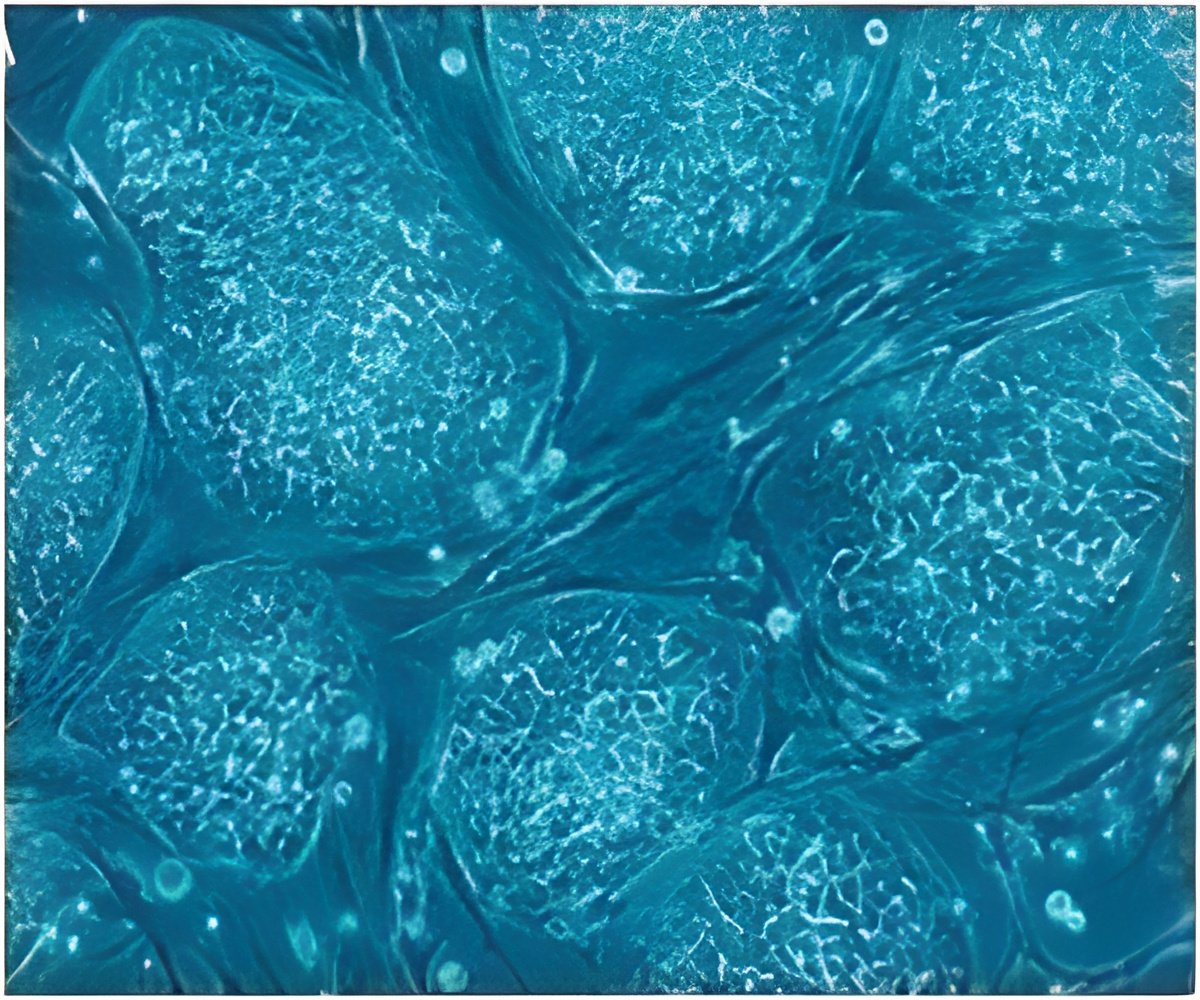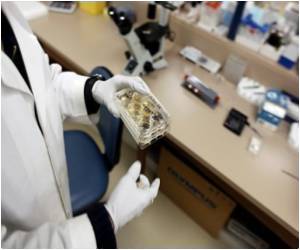Embryonic stem cells can develop into a multitude of cells types and researchers would like to understand how to channel that development into the specific types of mature cells that make up the organs and other structures.

Kamil Godula's group at the University of California, San Diego, has created synthetic molecules that can stand in for the natural sugars, but can be more easily manipulated to direct the process, they report in the Journal of the American Chemical Society.
A variety of growth factors influence the fate of embryonic stem cells. All bind to specific receptors on the surface of the cell, but many must also bind to these sugars to exert their influence.
The natural sugar structures are difficult to manage, so Godula's group strung small sugar fragments together to create synthetic versions. They used these 'glycopolymers' to figure out how specific growth factors recognize sugars on the surface of cells.
By tagging individual glycopolymers, they were able to identify sugar substructures with the greatest affinity for fibroblast growth factor 2, one of the growth factors involved in neural development.
To test their mimetic molecules in a living system, they slipped successful versions into the into membranes of mouse embryonic stem cells that lack the natural form of the sugar. Six days later, these cells transformed into 'neural rosettes,' precursors of many types of mature neural cells. Untreated cells didn't.
Advertisement
Source-Eurekalert















